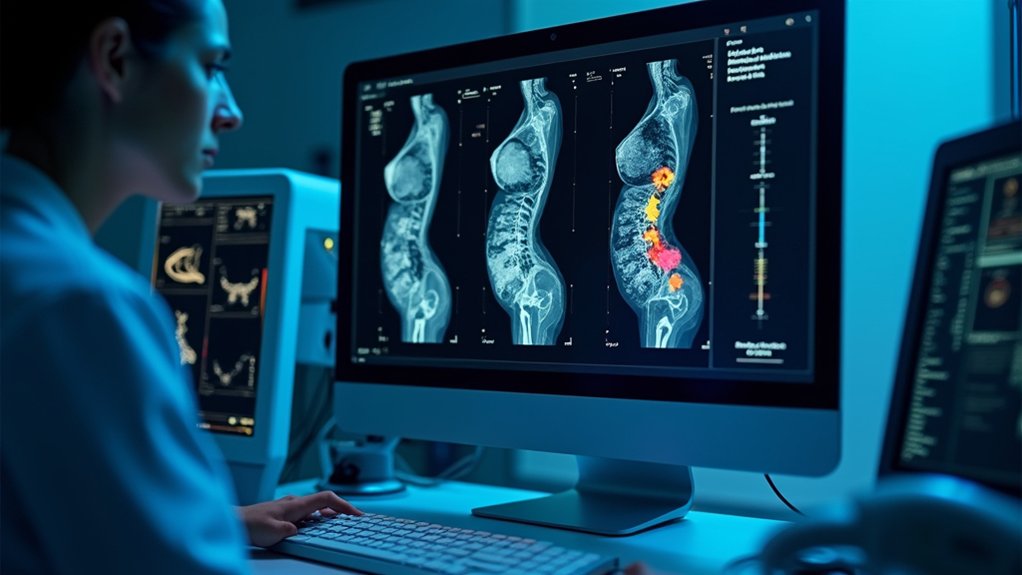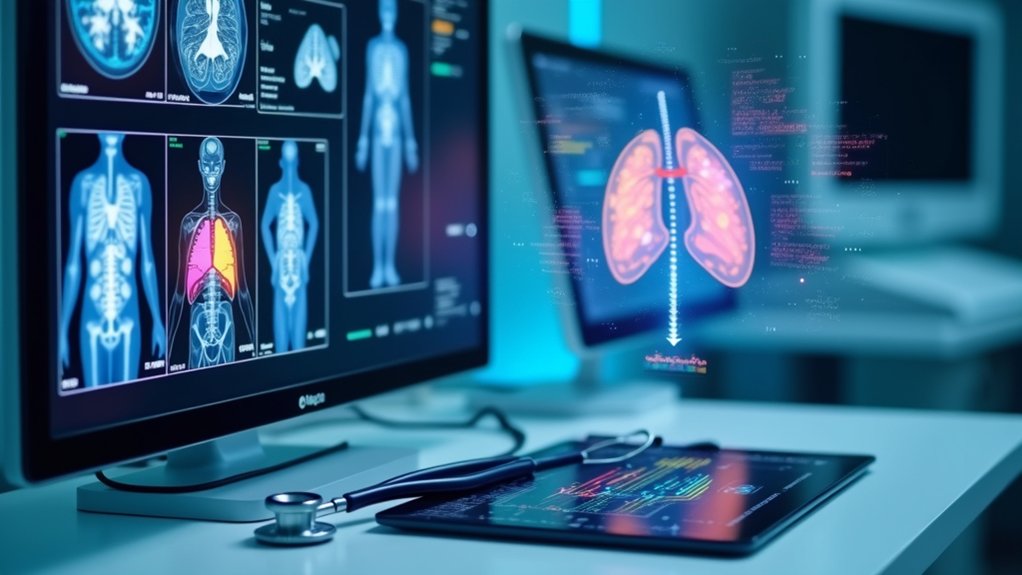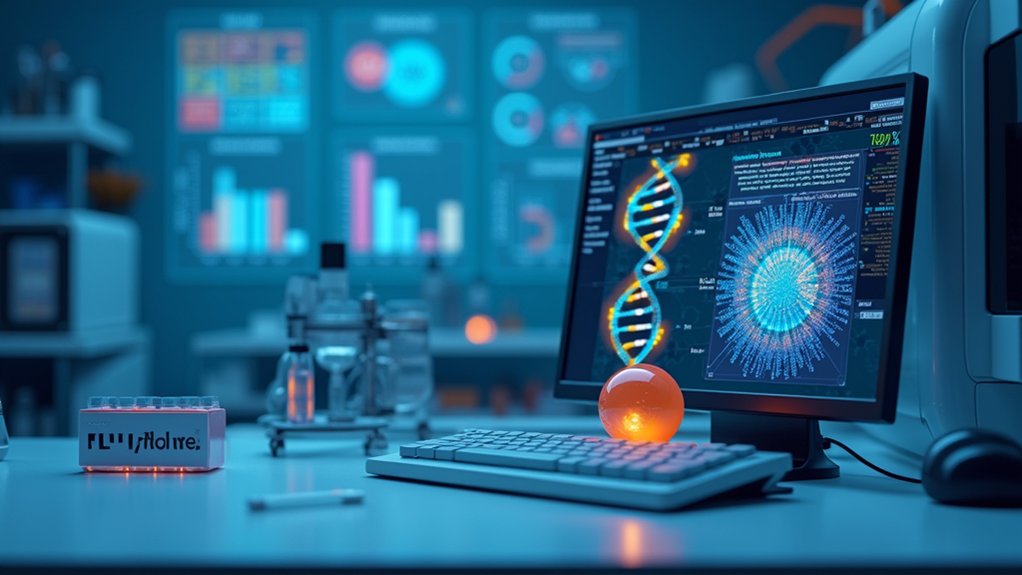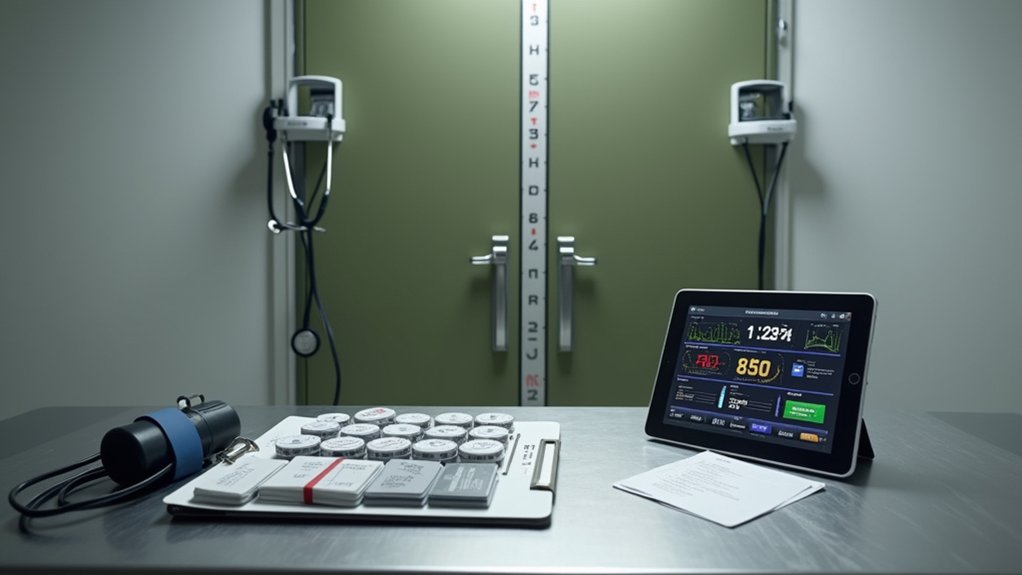As technology surges forward, AI is flipping the script on breast cancer detection, spotting sneaky patterns in mammograms that human eyes might just gloss over. These smart algorithms delve into images, nailing subtle signs of tumors that radiologists might miss. Oh, and they’re not just playing catch-up; AI-powered CAD programs boost accuracy, helping tell benign lumps from the nasty ones. That means fewer pointless biopsies—talk about a win. AI even spots cancer up to two years earlier than docs, which is like giving patients a head start in a race they didn’t ask for.
AI’s flipping the script on mammograms, spotting sneaky tumors humans miss and catching cancer up to two years earlier!
But wait, AI doesn’t stop at mammograms. It crunches MRI data in a flash, flagging abnormalities faster than you can say “scan me.” Furthermore, AI models applied to MRI scans process vast amounts of data swiftly, identifying abnormalities effectively. For ultrasounds, these systems slash false positives, cutting down on unnecessary pokes and prods. Especially for women with dense breasts, AI steps in as a sidekick, boosting detection rates while keeping things specific. It’s almost cheeky how AI enhances image quality and speeds up the process—because who has time for endless waiting rooms?
Now, envision this: AI identifying cancers that slip past human screens, catching interval cases early and potentially slashing them by 30%. It deciphers ambiguous features with ease, outperforming radiologists in spotting the sneaky ones. Blunt truth? Machines are getting better at this game, detecting subclinical cancers years ahead. Recent advancements in AI-driven systems have further improved diagnostic precision.
And don’t forget workflow perks—AI eases radiologists’ loads by up to 88%, automating reads and triaging the easy stuff. Less burnout for them, more focus on the tough cases. Ha, technology playing hero.
Of course, AI’s not perfect. It predicts breast cancer risk using imaging and data, even forecasting if it’ll spread to lymph nodes with scary accuracy. But hey, these models need solid training data to shine, and integrating them costs a pretty penny. Still, the potential is huge—personalized screening that works for everyone, regardless of background. AI might just be the underdog that’s lapping the pros, one scan at a time.
In the end, while AI’s strides are impressive, real-world hiccups like data variability linger. Yet, its edge in early detection and precision? That’s no joke—it’s revolutionizing the fight against breast cancer’s shadow. Moreover, these technological advancements have contributed to a 43% decrease in breast cancer deaths over the past 30 years.




